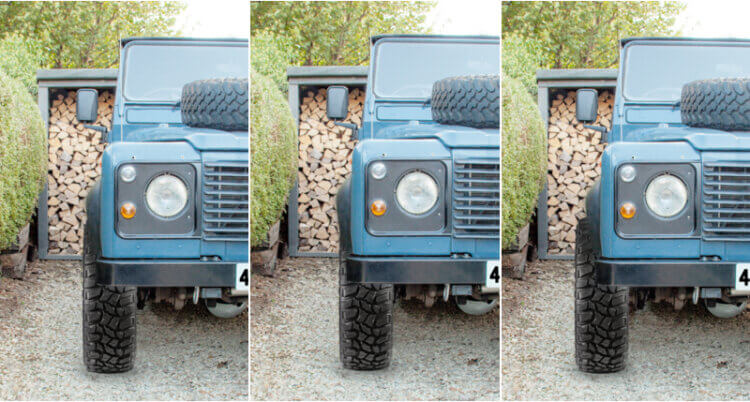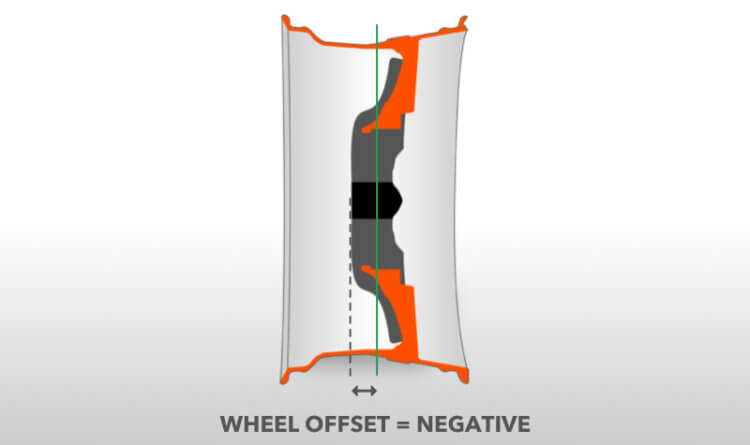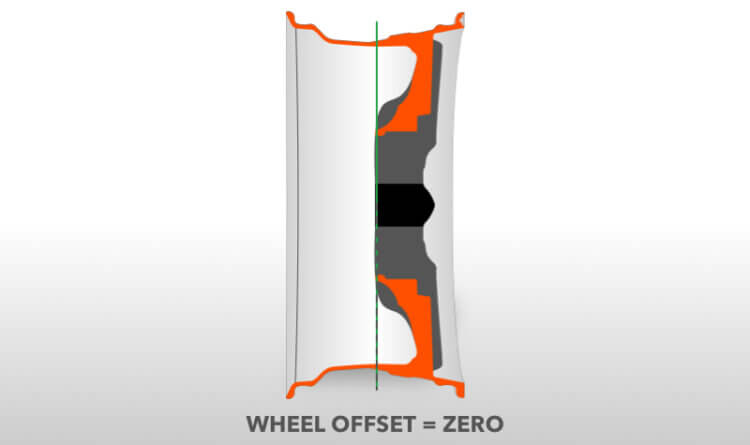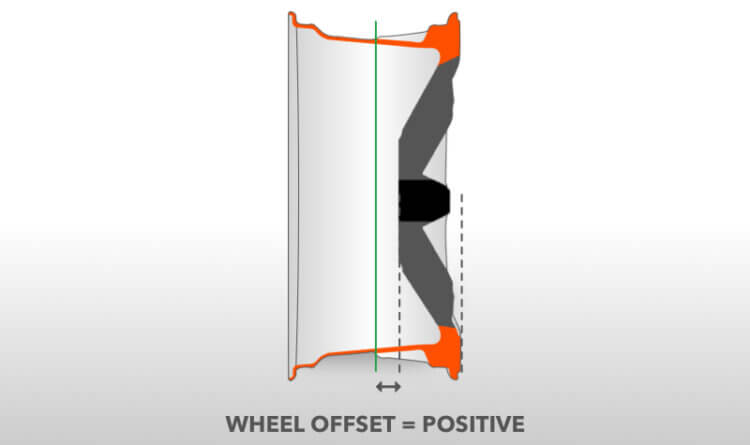Wheel Offset: Everything You Need To Know
Expert Wheel OffseT advice from the Pro Team at 4x4 Tyres
When selecting new wheels for your 4×4 or van, carefully consider the wheel offset. Getting the offset right will help you achieve the desired stance and performance, while maintaining your vehicle’s handling, steering, and ride quality. If you choose the wrong offset, you might face issues with your suspension and steering.
Unlike other wheel measurements, such as PCD (Pitch Circle Diameter) and stud pattern, which can only fit compatible wheels onto the hubs, understanding wheel offsets is essential for maintaining your vehicle’s performance. For expert advice, delve deeper with the specialists at 4×4 Tyres.
Looking for a deeper dish look for your 4×4?
For vehicles ranging from Series 2 Land Rovers to Amaroks and Rangers, selecting wheels with a deeper dish can enhance appearance and performance, improving handling and grip. To achieve a deeper dish look, opt for wheels with a more negative offset than your standard wheels. It’s essential to seek good advice on which options will fit your vehicle and what modifications may be necessary. Our experts are here to help

Left image: zero offset.
Middle image: a positive offset brings the tyre closer to the vehicle.
Right image: a negative offset pushes the tyre away from the vehicle, creating a deeper dish appearance.
What is wheel offset?
Wheel offset is the measurement of the distance from the wheel’s centre line to the vehicle’s hub. A more negative offset pushes the wheels away from the chassis, giving the wheel a deeper dish. Conversely, a more positive offset sets the wheels further into the wheel arches, resulting in a wheel with less dish.
Negative
A negative offset in mounting a wheel or tire occurs when the mounting surface sits inward, toward the vehicle’s suspension, relative to the wheel’s centerline. This positioning means the hub mounting surface is closer to the suspension than the wheel’s outer edge. With negative offset wheels, the tires tuck further under the vehicle’s wheel arch, giving the car a more aggressive and sporty look. These wheels can also enhance handling and performance by bringing the wheel and tire closer to the suspension components. However, you must ensure that these offset wheels match your vehicle’s specifications, especially regarding brake caliper and wheel arch clearance.

Zero
Zero offset refers to the alignment where the mounting surface of a wheel is positioned precisely at the wheel’s centerline. This configuration results in a wheel that is equidistant from both the suspension components and the wheel arch of a vehicle. It is often called neutral offset. Wheels with a zero offset are designed to maintain the wheel’s and tire’s factory positioning, ensuring they sit perfectly in the center of the wheel well.
This type of offset is useful for individuals who want to preserve their vehicle’s stock appearance or need to ensure that their wheels and tires do not interfere with suspension or wheel arch clearance. Furthermore, wheels with a zero offset can enhance handling characteristics compared to wheels with a negative offset. Overall, zero offset is a popular choice among car enthusiasts who prioritize functionality over style, and it is frequently used in racing applications or high-performance situations where precise handling is essential.

Positive
A positive offset refers to the distance between the wheel’s mounting surface and its centerline, with the mounting surface positioned closer to the wheel’s outer edge. This design tucks the wheel and tire inward toward the suspension, moving them away from the wheel arch. Car manufacturers prefer this offset type because it enhances safety and creates a more stable ride, improving handling and steering response. Additionally, a positive offset reduces stress on suspension components and provides better clearance for larger brake calipers. It also helps maintain the vehicle’s overall width, which is essential for stability and aerodynamics. In summary, choosing a positive offset benefits those who prioritize vehicle safety and performance.

Wheel Offset Visual Guide
Our website features a helpful visual icon next to each wheel that indicates its offset value—allowing you to quickly determine whether a wheel has a positive, zero, or negative offset. Understanding offset is crucial for adequately aligning wheels with your vehicle. A positive offset extends the wheel outward, while a negative offset pulls it inward, and a zero offset positions the wheel directly in line with the hub. This visual guide simplifies your decision-making process and helps you select the best wheel for your fitment needs.

What does ET mean?
ET comes from the German phrase for offset, “Einpress Tiefe wiki.” You often see an offset expressed as ET followed by a number, like ET35, which indicates a positive offset of 35mm.
How do you measure wheel offset?
You measure wheel offset from the wheel’s centerline when viewed straight on. An offset measurement of 0 means the wheel hub aligns perfectly with the centerline of the wheel’s width. Although the offset measurement is in millimeters, the wheel width is in inches. For example, a wheel with an offset of ET-50 (50mm negative offset) has its hub positioned about 2 inches behind the wheel’s centerline.
What wheel offset should you choose?
Since wheel offsets vary between manufacturers, no universal standard exists. The correct offset depends on your vehicle’s use and whether you want to maintain the factory appearance.
How do you find the offset of your existing wheels?
Knowing your vehicle’s factory offset is a great starting point. For steel wheels, the offset is typically stamped into the metal on the back. For alloy wheels, it usually appears cast into the wheel instead of stamped.
Conclusion
Selecting a different offset is a great way to modify your vehicle’s stance and improve its performance both on and off the road. However, it’s essential to seek expert advice before choosing a new offset for your 4×4, truck, or van. If you need assistance, we’re here to help!
Secure shopping
We understand at 4×4 Tyres that your security when shopping online is paramount. We subsequently go to extreme lengths to ensure that you and your data are safe by using market leading SSL Encryption.